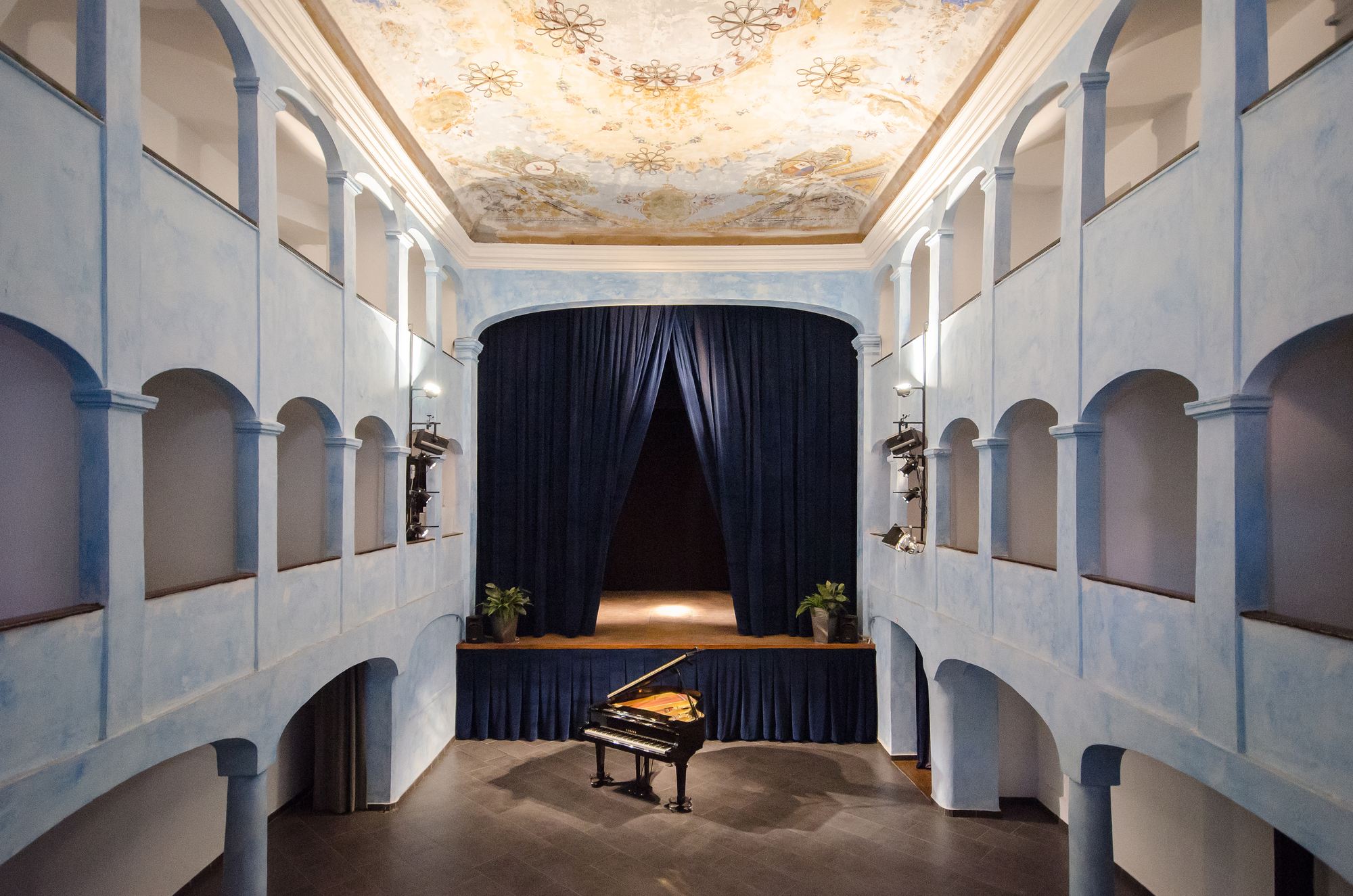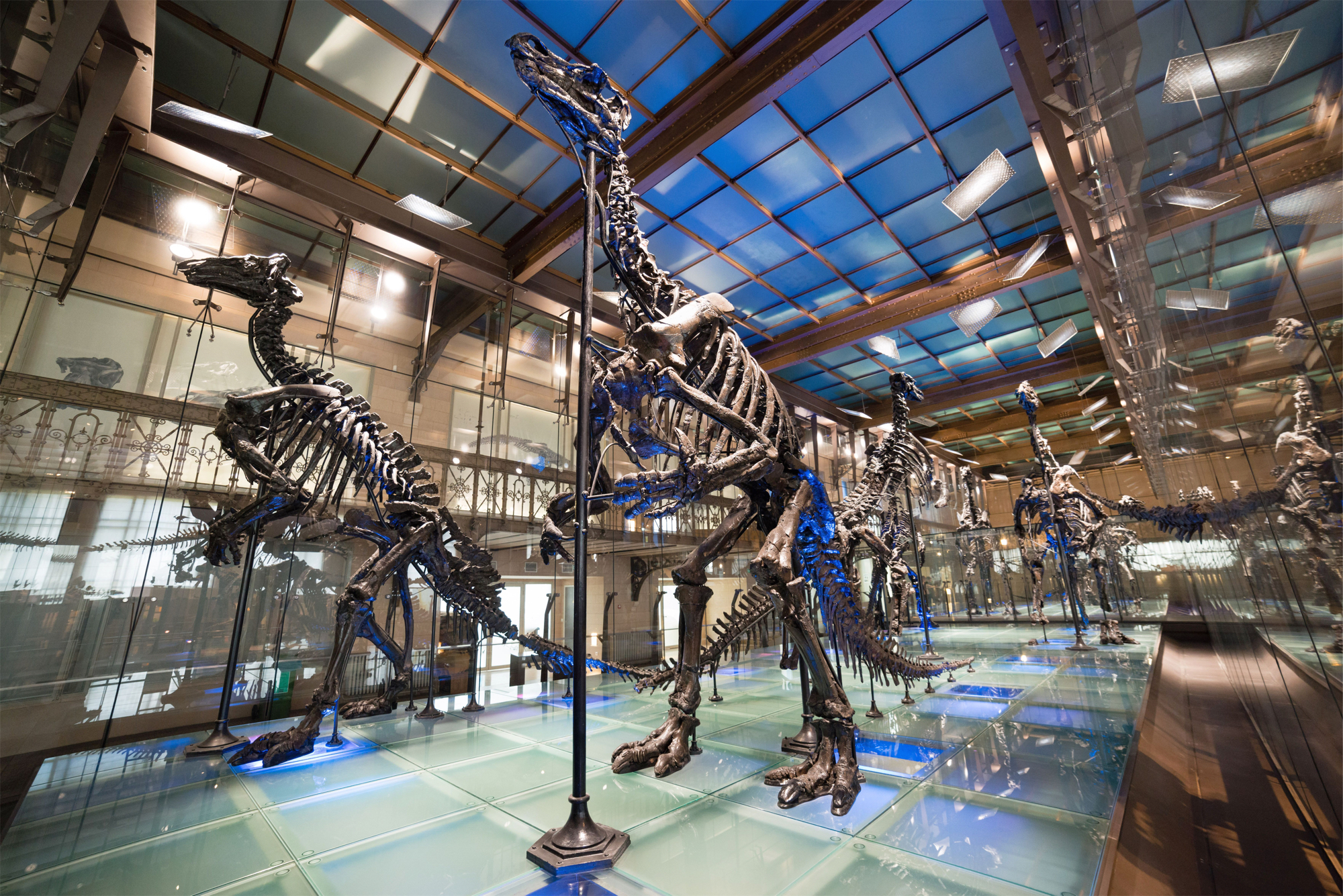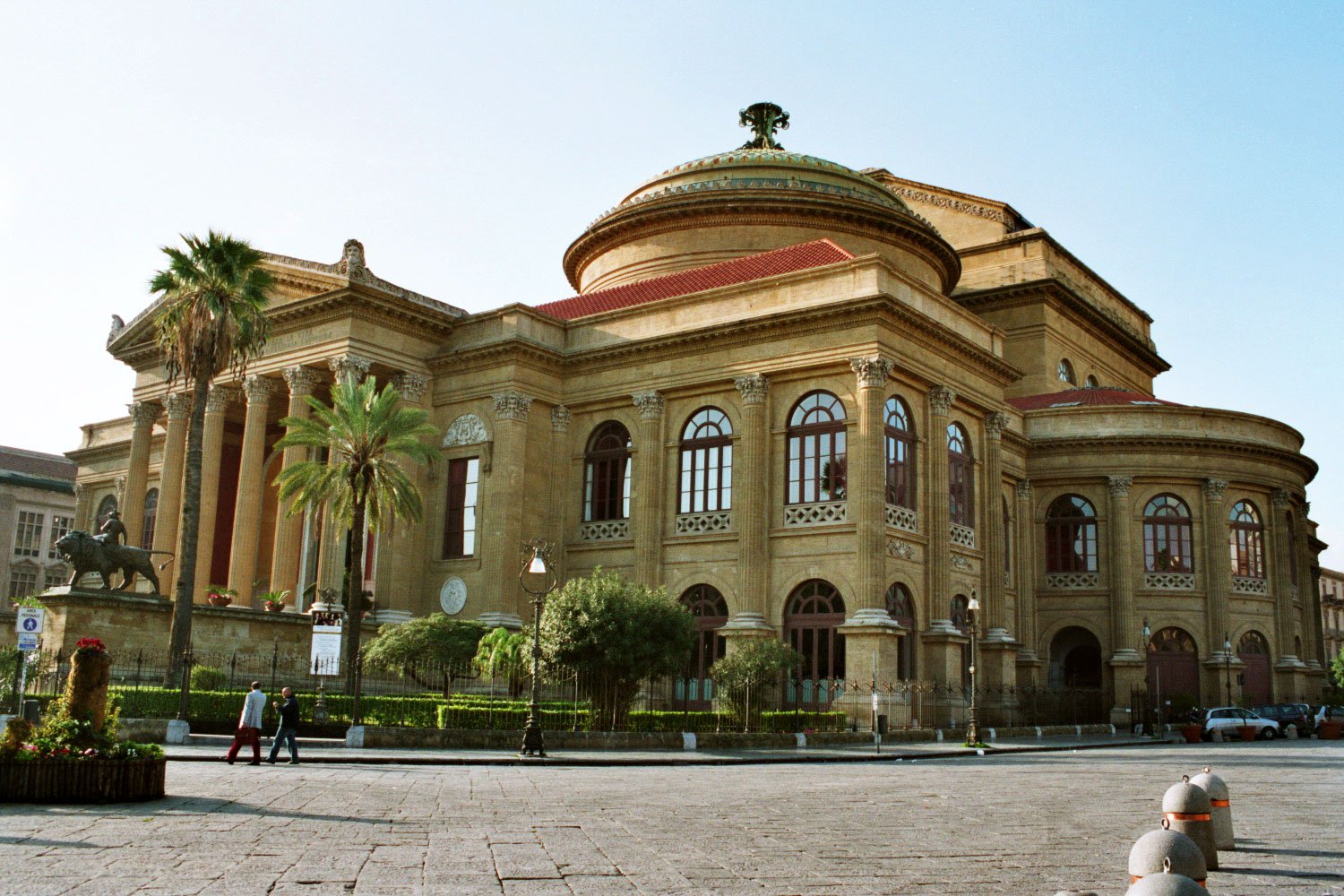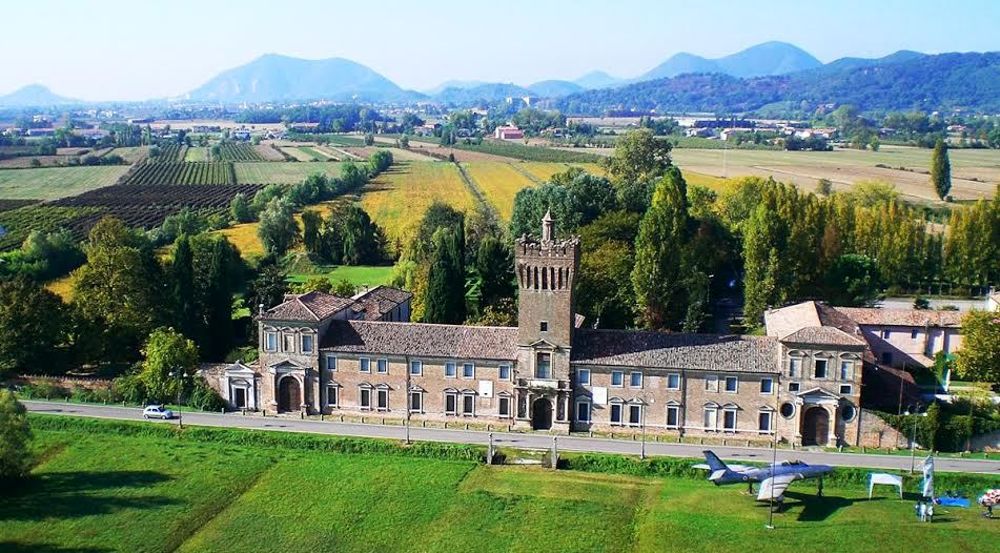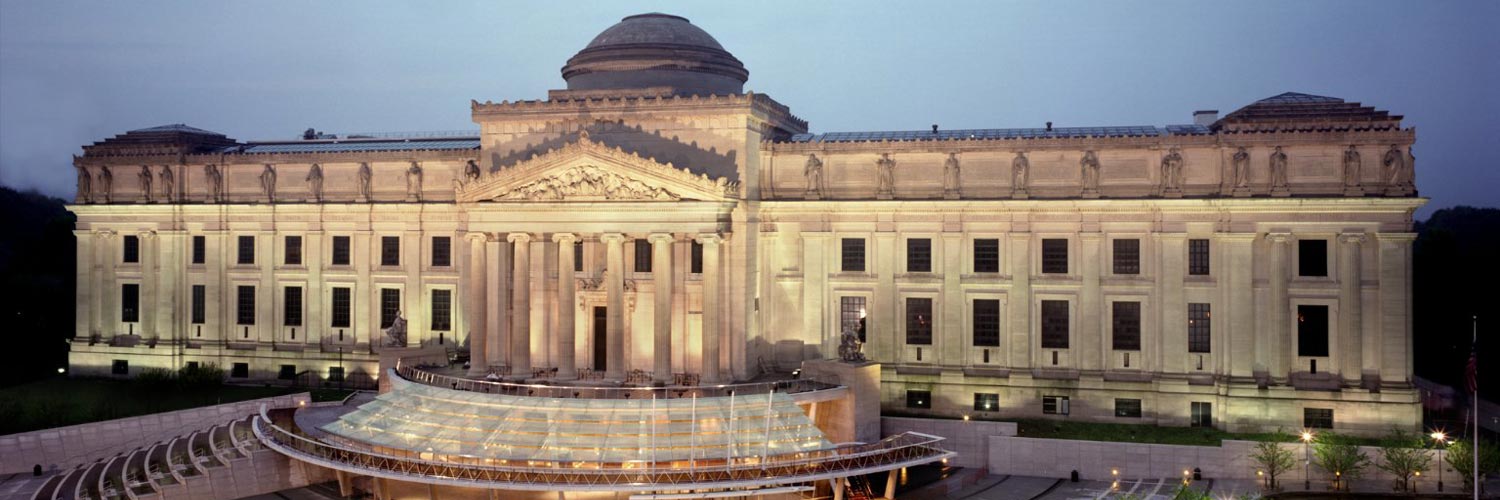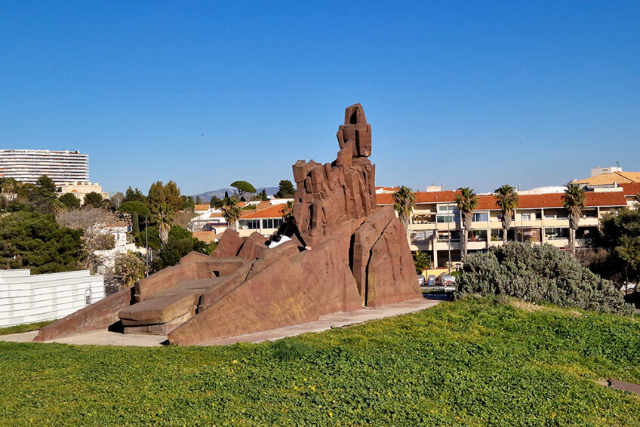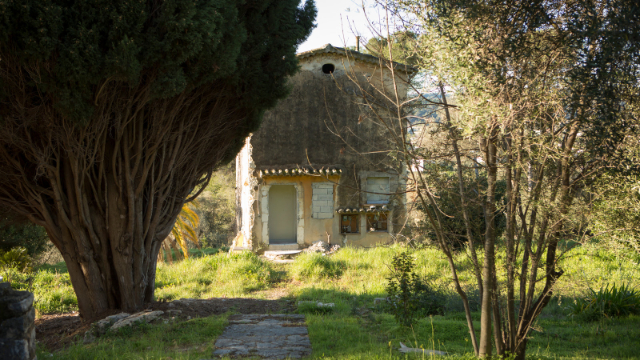The desire to build a theatre in Savona appeared in the last quarter of the 18th century, in an economic situation that was not particularly prosperous for the city. A conspicuous bequest from the munificent Sacco family, however, made it possible to put it into practice: between 1777 and 1785 the new theatre was built inside the pre-existing Palazzo Sacco. On August 4, 1785, the Genoese Senate authorized the administrators of the Sacco legacy to open the theater; they took over its administration and drew up the regulations, despite numerous negative judgments on the work.
There is little information on the artistic activity of the theatre from its opening to the end of the 18th century, since the documentation mainly concerns financial and legislative aspects. However, two contracts, stipulated in 1787-88, provide valuable information about the actors and their repertoire. As far as music is concerned, the main operas staged in the period highlight the considerable updating of the Savona square with the main Italian theatres.
At the beginning of the 19th century musical or dramatic representations are few and, for thirty years, sporadic.
The most significant artistic activity of the Sacco took place between 1830 and 1852: the musical productions of the main seasons included the most famous operas of the time, as well as dramatic performances with the participation of the best artists of the time.
The decline is, however, inexorably marked in 1853, with the inauguration of the new Chiabrera theatre.
The Sacco, restored in its functions, continued to host events promoted by various associations and philodramatics, masked balls and dance parties. It became private property at the end of the nineteenth century. In 2008 the current owner completed a laborious recovery and today the structure hosts theatre and music but also exhibitions and events.
